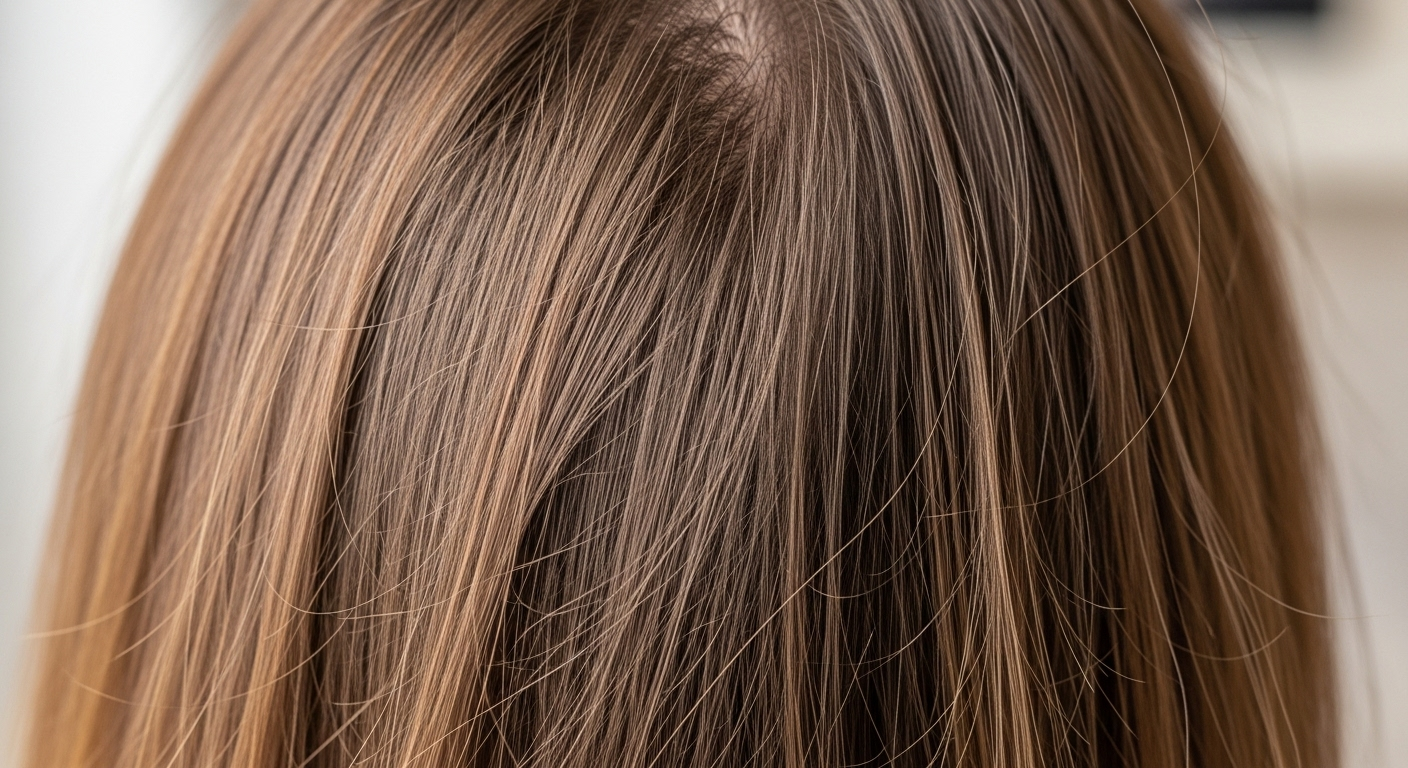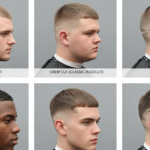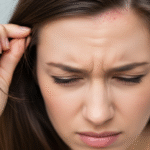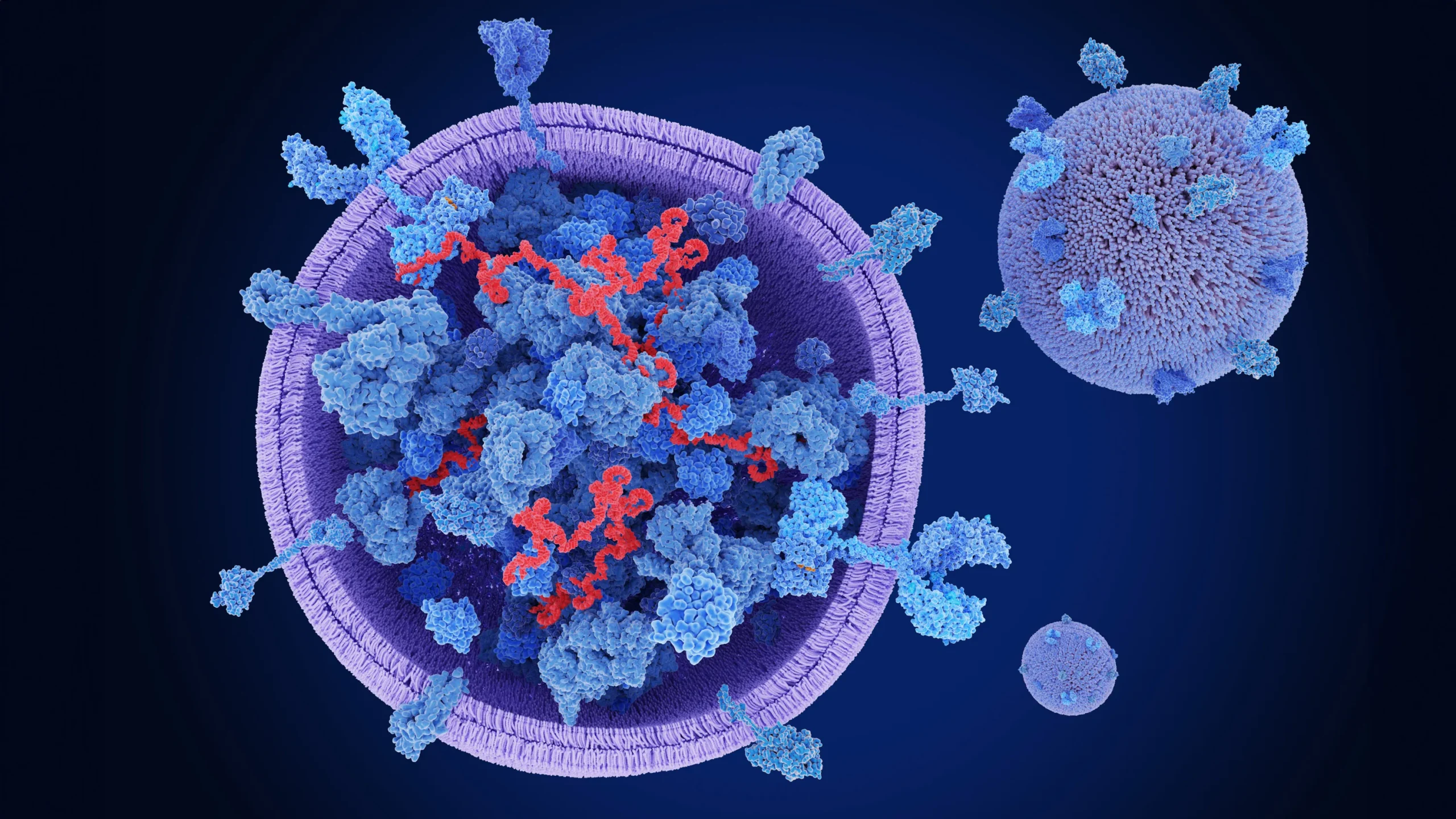A mature hairline is a common part of the aging process, especially for men and women in their late 20s and early 30s. If you’ve noticed your hairline gradually receding or shifting, you may be wondering if it’s part of the normal aging process or a sign of something more significant. In this article, we’ll …
A mature hairline is a common part of the aging process, especially for men and women in their late 20s and early 30s. If you’ve noticed your hairline gradually receding or shifting, you may be wondering if it’s part of the normal aging process or a sign of something more significant.
In this article, we’ll dive into what a mature hairline is, the causes behind it, and how you can manage or treat it effectively. By the end, you’ll have a clear understanding of whether your hairline is naturally maturing or if it requires treatment.

What is a Mature Hairline?
A mature hairline refers to a natural recession that occurs along the forehead, particularly in the temple area, as you age. It’s different from male or female pattern baldness, which typically results in more severe hair loss.
A mature hairline is subtle and usually doesn’t cause excessive thinning but rather shifts the shape of the hairline slightly. This recession typically begins in your late 20s or early 30s and can continue gradually over time.
For men, a mature hairline often forms an “M” shape, while women may experience a more uniform recession. It’s essential to recognize the difference between a mature hairline and more severe hair loss so that you can decide if you need intervention.
Causes of a Mature Hairline: Is it Normal?
While hair loss or changes in the hairline are common as we age, understanding the reasons behind a mature hairline can help you assess whether it’s part of the normal aging process or if it’s due to other factors. Here are the main causes of a mature hairline:
- Aging:
As people age, hair follicles naturally shrink, leading to the slow recession of the hairline. This is typically most noticeable around your late 20s or early 30s. - Genetics:
If you have a family history of early hairline recession, you’re likely to experience a similar change. Genetics play a significant role in determining when and how your hairline matures. - Hormonal Changes:
Hormonal imbalances, particularly an increase in dihydrotestosterone (DHT), are often responsible for the gradual recession of the hairline. This can happen in both men and women, although it’s more common in men. - Health Conditions:
Certain medical conditions, like thyroid disorders or autoimmune diseases, can impact the hairline. If you notice sudden or unusual changes in your hairline, it’s important to consult with a healthcare professional to rule out underlying health issues. - Environmental Factors:
External factors such as stress, poor diet, or harsh hair treatments can accelerate the process of hairline recession. It’s essential to maintain a healthy lifestyle and care for your hair to avoid exacerbating the condition.
Symptoms of a Mature Hairline: How to Identify the Condition
A mature hairline is often gradual and subtle. However, understanding the symptoms can help you recognize the difference between a naturally maturing hairline and a more serious form of hair loss. Here’s how to identify a mature hairline:
- Gradual Recession:
The hairline recedes slowly, usually at the temples or along the forehead. It doesn’t result in bald patches, but the hairline becomes more defined. - Symmetry:
Unlike male or female pattern baldness, a mature hairline typically recedes evenly on both sides of the forehead. - No Sudden Thinning:
A mature hairline doesn’t cause sudden thinning or balding on the scalp. The hairline’s recession happens at a consistent pace, and there is no dramatic hair loss in other areas of the scalp. - Stable Hair Density:
While the hairline may shift, a mature hairline doesn’t lead to widespread thinning or breakage across the scalp. The rest of the hair remains relatively full.
How to Manage a Mature Hairline: Tips and Treatments

While a mature hairline is often inevitable, there are ways to manage it and slow down further recession. Here are some treatments and tips that can help:
- Hair Transplant Surgery:
For those who want to restore their hairline, hair transplant surgery can be an effective option. This involves moving hair follicles from a fuller area of the scalp to the receding part of the hairline. - Platelet-Rich Plasma (PRP) Therapy:
PRP therapy involves using your blood’s platelets to stimulate hair growth. It can help promote hair regrowth and prevent further recession in the hairline. - Minoxidil (Rogaine):
Over-the-counter treatments like minoxidil are widely used to treat hair loss and can be effective for slowing down the recession of the hairline. Minoxidil promotes blood flow to the hair follicles, encouraging hair growth. - DHT Blockers:
Dihydrotestosterone (DHT) is a hormone linked to hair loss. DHT blockers, such as finasteride, can be taken orally to prevent hairline recession by inhibiting DHT production. - Healthy Hair Care Routine:
Maintaining a healthy scalp is key. Regularly wash your hair with gentle, sulfate-free shampoos and moisturize to prevent dryness or flakiness. Eating a balanced diet full of vitamins and minerals that support hair health can also help keep your hairline strong.
Preventing Further Recession: How to Keep Your Hairline Healthy
While you can’t entirely prevent the natural aging process, there are several ways to slow the recession and keep your hairline healthy:
- Regular Haircuts:
Keeping your hair trimmed can help maintain the appearance of your hairline and prevent it from looking too noticeable. Regular haircuts also allow your stylist to give you the best shape for your hairline. - Avoid Tight Hairstyles:
Tight hairstyles, such as braids or ponytails, can cause traction alopecia, a condition that leads to hairline recession. Opt for looser hairstyles to avoid unnecessary pressure on your hair. - Protect Your Scalp from Sun Exposure:
Your scalp is more exposed with a receding hairline, so it’s important to protect it from the sun. Use sunscreen on your scalp or wear a hat to prevent UV damage. - Stress Management:
Chronic stress can accelerate hair loss, so finding ways to manage stress through mindfulness, exercise, or relaxation techniques can help maintain a healthy hairline.
FAQs
What is the difference between a mature hairline and male pattern baldness?
A mature hairline is a gradual, natural recession, while male pattern baldness is characterized by more severe hair loss and thinning.
Can a mature hairline be reversed?
While a mature hairline can’t be fully reversed, treatments like minoxidil or hair transplants can help restore or maintain hair density.
When does a mature hairline start?
A mature hairline typically starts in the late 20s or early 30s but can vary depending on genetics and other factors.
Can stress cause a mature hairline?
While stress can contribute to hair loss, it is typically not the primary cause of a mature hairline, which is largely influenced by genetics and aging.
What is the best treatment for a mature hairline?
Treatments like minoxidil, PRP therapy, and hair transplants are some of the most effective options for managing a mature hairline.
Managing Your Mature Hairline and Maintaining Confidence
A mature hairline is a natural part of aging, but that doesn’t mean you have to just accept it without taking action. With the right treatments, lifestyle changes, and hair care, you can manage your hairline and keep it looking full and healthy.
Whether you choose non-invasive treatments like minoxidil or more permanent solutions like hair transplants, the key is to address it early and choose the treatment that best suits your needs.
Book a Consultation with a Hair Specialist Today
If you’re concerned about your mature hairline and want to explore your treatment options, book a consultation with Dr. Uzma Irfan, an ISHRS-certified surgeon in Islamabad today. Our experts can help guide you through the best solutions to maintain or restore your hairline.






